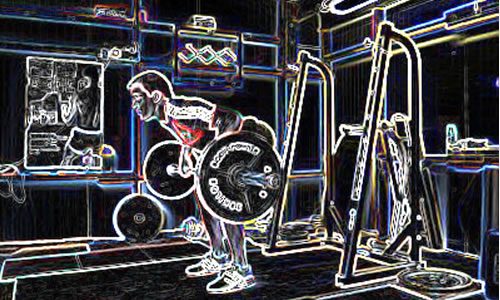If you are reading this, you either want a better body or are a google search crawler bot. If it is the former, then you obviously has a reason, a motivation that drives you to become fit.
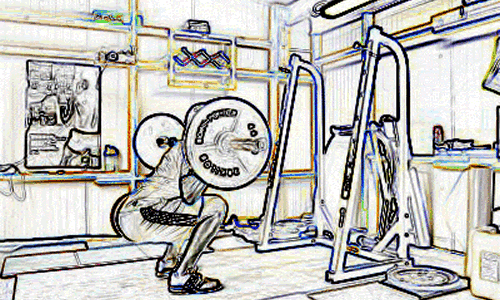
There are thousands of reasons and motivations behind the desire to get physically better. Maybe you want to become stronger to test your limits. Maybe you want to be as healthy as possible. Maybe you want to increase your professional performance, be it sports or carry-people-out-of-burning-buildings-as-a-firefighter performance. Maybe you want to look like the guy from those “I got shredded in 90 days” ads, the guy in the “after” photo. Or maybe you want to be fit for the sake of improving your quality of life.
Existentialist philosophy dictates that no reason is inherently better than other, but your end goal will greatly influence your training routine.
That’s why it’s important to calm down, take out a sheet of paper, ask yourself “what do I really want from my training?”, think really hard, then write down the answer and duct tape the paper on the wall where it will be easily visible.
You need goal setting if you want to get anywhere in life. And you especially need it if you decide to use weights to improve yourself. It is easy to get sidetracked. It is easy to start out wanting to get fit for a particular vocation and end up being a professional power lifter. It is also very easy to drift in and out of the gym, starting and dropping routines, never really getting any noticeably result. So get your goals straight.
Here we will take a look at several of the more common goals:
- Aesthetics. You want to look good. You also do not mind getting stronger, but if asked if you would like to look like Dean Bowring and be able to lift a ton of weight or model for Calvin Klein and lift a bit less in the kg department, you would pick the latter. Bodybuilding is your sport.
- Strength and power. You want to be strong. You want to be as strong as possible. Everything else is secondary. You are a powerlifter or a weightlifiter.
- Sports or professional performance. You have a particular sport or job that requires you to be physically fit, and you want to get better at it. You do not care that much about looks or how much your deadlift – you care about how good your do your job, how strong and fast your punches are, or how far you can jump. Boxers, sprinters, marathon runners, cyclists, tennis players fall into this category.
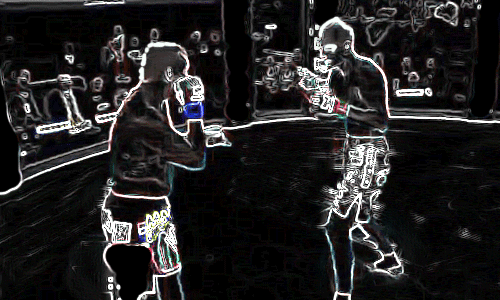
The good part is that most of these goals intersect at some level, especially in the beginning. You will get a good-looking physique, become better at everything you do, and get healthier and stronger no matter which goal you pick.
As you progress, however, you will have to specialize. You will have to choose between looking shredded or lifting more; you will have to choose between lifting more weight or improving at a particular sport. Your resources are limited, and you have allocate them wisely. The only possible exception is wellness. If you are smart about your training, you won’t get bad knees from squatting with too much weight, or burnouts from over training, and your health will always be optimal.
Let’s take a closer look at each of those goals.
- Aesthetics
I must confess that I am not the person you want to consult in-depth about this topic. Still, the basic principles are: you are going to want to start out with full-body routines, done three times a week. Use one basic compound exercise for the lower body and one for the upper body each workout: include either the squat or the dead lift, and the bench, military or overhead press in every workout.
Study the form on these exercises. Follow it to the letter. Start out with small weights, and gradually increase them. Your workload will typically be 3 sets of 8 reps, with maximum weight you can use to finish the sets without compromising form.
Add weight every workout; once you find you can’t progress steadily, switch to intermediate workouts. You also have to watch what you eat, particularly your calories, and make sure you get enough protein. You want to gain lean mass and as little fat as possible.
The York Power Rack Click Photo for more Information
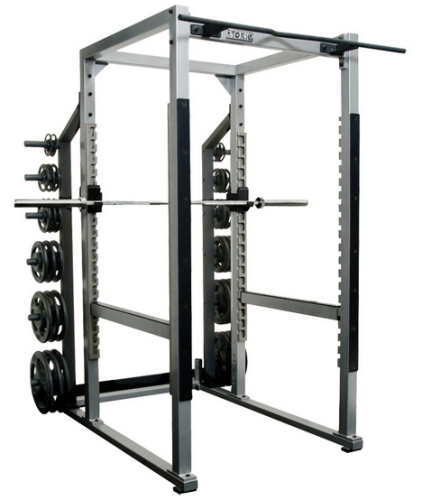
- Strength
This really depends on what type of strength you want to pursue: pure strength or power. If former, your choice is power lifting, if latter, Olympic lifting AKA weightlifting. You will train primarily the movements associated with these sports, e.g. dead lift, squat, bench press, clean and jerk, snatch, and so on, staying in the 1-3 sets of 1-3 reps to 5 sets of 5 reps range, using as much weight as you can without compromising form.
Accessory exercises will be included in the routines once you stop making steady progress doing just the main lifts, these will be performed for 3 sets of 8 reps. Nutrition-wise, your goal is meeting your micro and macro nutrient needs. Eating squeaky-clean is secondary.
The York Solid Weightlifting Platform Click Photo for more Information 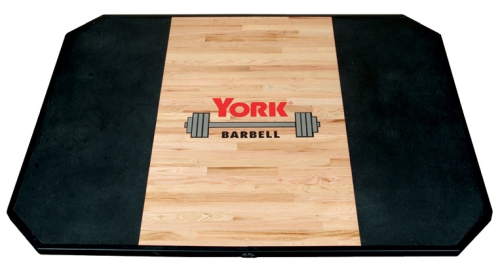
- Sports
This is the most complicated category. You will start out training for strength. Then you will have to examine which muscles work in your sport, and which qualities are needed – speed, endurance, strength, or other. Typically, sportsmen have a large carry over from lifting to their sport with initial strength gains.
As time passes and athletes become stronger, the carry over from weightlifting to their sport of choice will diminish. That’s when you and your coach will have to think long and hard about which exercise, which weights, and which sets and reps to include in the workout. Athletes will also want to eat clean to stay within their weight category.
So, to recap: lifting weights can do several things for you. Among them are: an increase of strength; an improvement in various sports activities stemming from an increase of strength; and an increase in lean body mass, which results in a more muscular look. Beginners will get noticeable benefits in all the departments.
Intermediate and advanced lifters will find that they have to specialize and choose their ultimate goal, be it muscle mass, strength, or sports performance.
